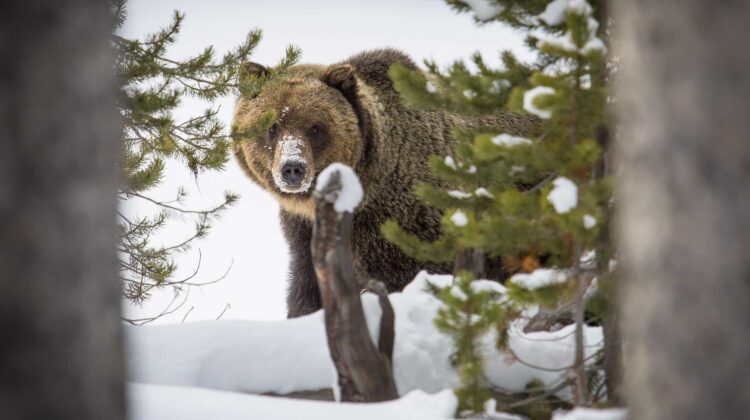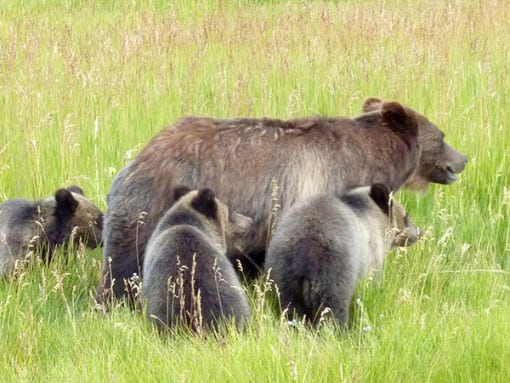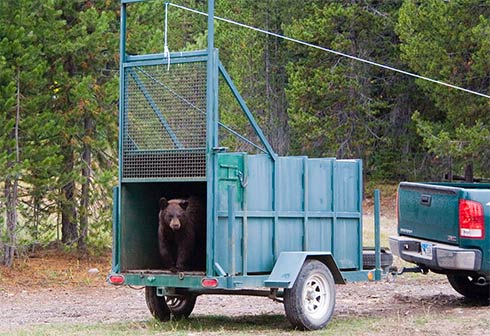
Grizzly bears aren’t just for the Rocky Mountains anymore.The U.S. Fish and Wildlife Service has initiated a plan to restore grizzly bears to the North Cascades in Washington. This decision, effective today, is part of an effort to reintroduce grizzlies to their historic habitats under section 10(j) of the Endangered Species Act. This rule allows the establishment of experimental populations outside their current range.
Grizzly bears are known as a keystone species, meaning they play a critical role in maintaining the health and balance of their ecosystems. Historically, grizzlies inhabited the North Cascades for tens of thousands of years before being wiped out by European settlers in the 19th and 20th centuries. The reintroduction of grizzlies is an effort to restore the ecological balance and enhance biodiversity in the region.

Conservation groups are applauding this move, seeing it as a significant step towards restoring the grizzly bear population. They highlight the potential for grizzlies to reoccupy a large, wild landscape that extends into Canada. This restoration plan is part of a broader effort to create sustainable and connected populations across multiple ecosystems.
Despite the optimism, there are concerns about the fragility of the source populations from which the grizzlies will be relocated. Conservationists warn that removing bears from still-recovering populations in Montana and Wyoming could undermine their recovery. These populations face threats such as habitat destruction, human-wildlife conflicts, and poaching.

Additionally, the grizzlies reintroduced to the North Cascades will be classified as a “nonessential experimental population,” which means they will lose some protections under the Endangered Species Act. This could expose them to risks from activities like logging, which might not undergo the same level of environmental scrutiny.
The restoration process began in November 2022, with public input gathered in 2023 through a draft Environmental Impact Statement (EIS). The final EIS was released in March 2024, followed by the Record of Decision in April 2024. The plan aims to balance the reintroduction of grizzlies with the need to protect existing populations and ensure their long-term survival.
- WYDOT Starts Collecting Fuel Tax on Public EV Charging: Ensuring Fair Road Funding - October 17, 2025
- Jim Darwiche Honored with 2025 Clarene Law Memorial Legacy Award - October 16, 2025
- Prepare for Jackson Hole Winter: Clear Streets, Sidewalks, and Join Fall Clean-Up by November 15th - October 16, 2025

